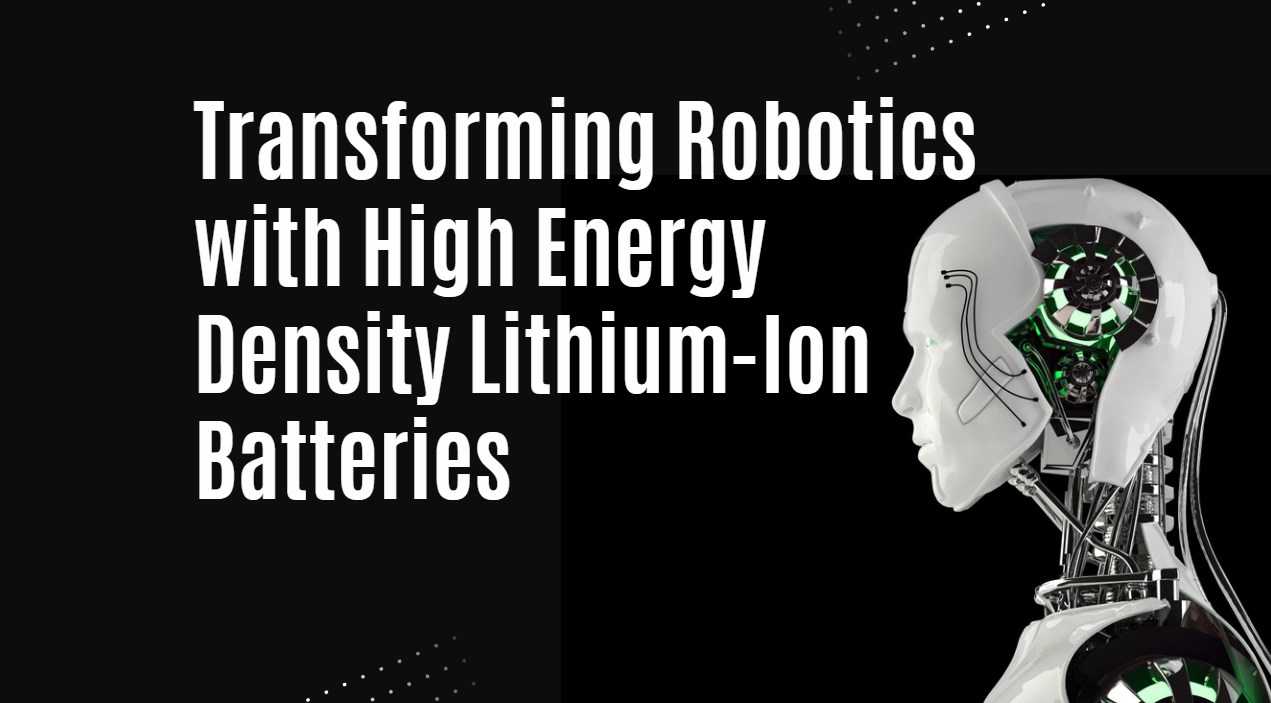The Future of 36V Lithium Battery Technology: Innovative Trends and Developments
The future of 36V lithium battery technology focuses on advancements in energy density, faster charging capabilities, and improved thermal management. Innovations like solid-state batteries and enhanced battery management systems are set to enhance safety and efficiency, making 36V batteries increasingly suitable for applications in electric vehicles and renewable energy systems.
Understanding 36V Lithium Batteries
36V lithium batteries are rechargeable power sources that utilize lithium-ion technology, making them popular for various applications due to their high energy density, lightweight design, and long cycle life. These batteries have become essential in powering electric bicycles (e-bikes), power tools, and renewable energy systems.
Key Trends in 36V Lithium Battery Technology
- Increased Energy Density
The quest for higher energy density continues to be a primary focus for manufacturers. Innovations in battery chemistry, such as the development of NMC (Nickel Manganese Cobalt) and NCA (Nickel Cobalt Aluminum) formulations, have led to batteries that can store more energy without increasing size or weight. This trend is crucial for applications like e-bikes and electric vehicles where weight and space are critical factors. - Faster Charging Solutions
As consumer demand grows for quick charging capabilities, advancements in fast-charging technology are becoming increasingly important. New charging protocols and improved battery management systems (BMS) allow for safer and more efficient charging processes. This innovation reduces downtime for users who rely on their devices or vehicles. - Enhanced Safety Features
Safety remains a top priority as lithium batteries become more prevalent. Manufacturers are implementing advanced thermal management systems and protective circuitry to prevent overheating and potential hazards. Innovations such as solid-state batteries promise even greater safety by eliminating flammable liquid electrolytes. - Integration with Renewable Energy Systems
The push for sustainable energy solutions is driving the integration of 36V lithium batteries with solar power systems. These batteries serve as efficient storage solutions, allowing users to store excess energy generated during the day for use at night or during cloudy periods. This capability is vital for residential solar installations and off-grid applications. - Smart Battery Technology
The rise of smart technology in battery systems allows for real-time monitoring of performance metrics such as charge levels, temperature, and health status. This data helps optimize usage patterns and prolong battery life. Smart features can also alert users to potential issues before they become critical.
Applications Driving Development
- Electric Bicycles (e-Bikes)
The e-bike market is experiencing exponential growth, with 36V lithium batteries playing a pivotal role in enhancing performance and range. These batteries provide a lightweight solution that allows for longer rides without frequent recharges. - Power Tools
The construction industry is increasingly adopting 36V lithium batteries due to their high power output and portability. These batteries enable tradespeople to use powerful tools without being tethered to a power source. - Uninterruptible Power Supplies (UPS)
In critical applications such as data centers and hospitals, 36V lithium batteries are becoming the preferred choice for UPS systems due to their reliability and quick response times during power outages. - Electric Vehicles (EVs)
As the automotive industry shifts towards electrification, 36V lithium batteries are being explored for use in smaller electric vehicles and hybrid systems, contributing to a more sustainable transportation ecosystem.
Challenges Ahead
Despite the promising advancements, several challenges remain:
- Cost Reduction: While prices have been decreasing, further reductions are necessary to make lithium battery technology accessible to a broader audience.
- Recycling Infrastructure: As demand increases, establishing efficient recycling processes will be essential to manage waste and recover valuable materials.
- Supply Chain Stability: The global supply chain for lithium-ion components can be volatile; securing sustainable sources of raw materials is crucial for future growth.
Latest News on Lithium Battery Technology
- Recent studies indicate significant improvements in solid-state battery technologies that could revolutionize energy storage solutions.
- Companies are investing heavily in research to enhance the lifecycle management of lithium batteries, focusing on sustainability.
- Regulatory bodies are beginning to enforce stricter safety standards for lithium battery manufacturing processes.
Redway Expert Comment
The future of 36V lithium battery technology is bright, driven by innovations that enhance performance while addressing safety concerns. As experts in lithium LiFePO4 technology, we believe that ongoing advancements will lead to even more versatile applications across various industries. Embracing these innovations will be key to meeting the growing demand for efficient energy solutions.”
Conclusion: Embracing the Future of Energy Storage
The evolution of 36V lithium battery technology is set to transform multiple sectors by providing efficient, reliable power solutions tailored to modern needs. With continuous advancements in energy density, charging speeds, safety features, and integration with renewable energy systems, these batteries will play an increasingly vital role in shaping our sustainable future.


